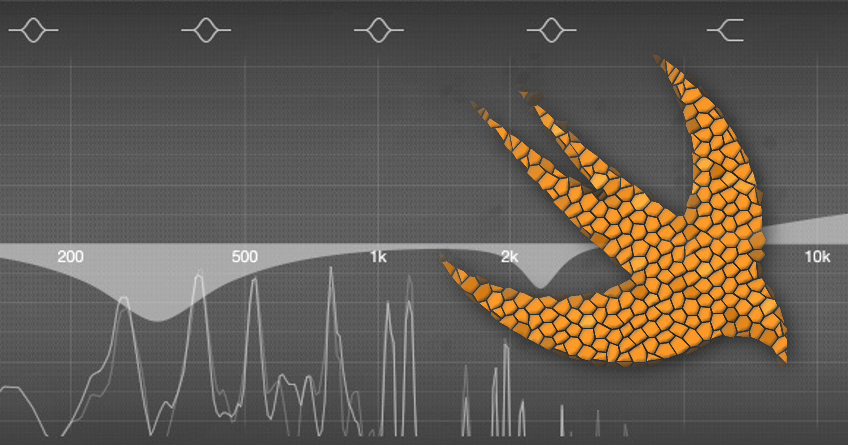Get Your JSON On
JSON is a standard of data interchange that can be very handy for getting information into and out of an app. By Parsing in JSON from the outside world an app can dynamically display new information such as the latest weather, sports scores or travel information. There are many exciting API JSON feeds out there that make it possible to build an app capable of accessing information in real time over a network connect.




